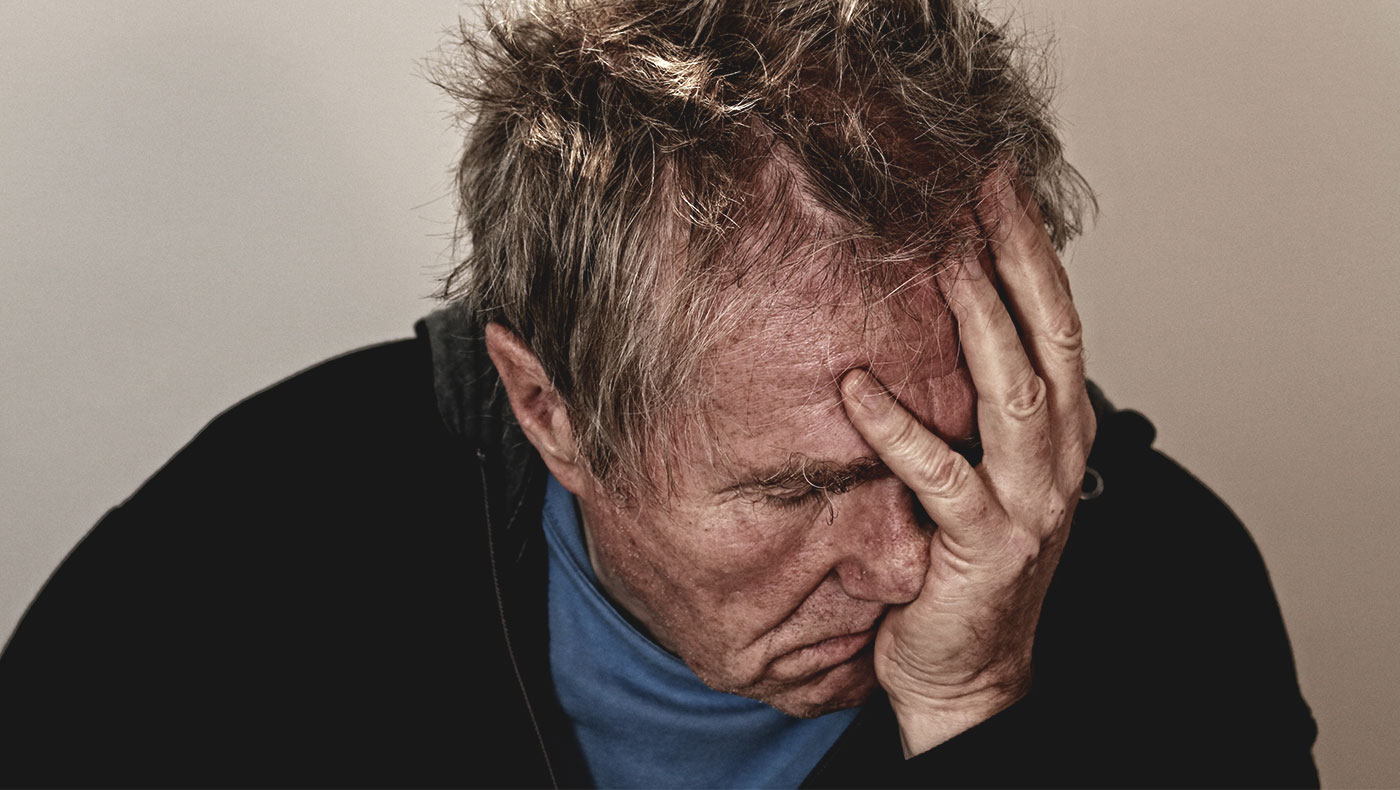Tight hips can subtly impact your daily life and activities, causing discomfort or limiting your movement. Recognizing the signs of restricted hip mobility is key to preventing issues and improving,
Understanding Chronic Pain and How to Avoid It
November 7, 2018 11:39 pm / Category: Physical Therapy , Wellness

If injury equals pain, you’d think that once an injury is healed, the pain would go away. So what about pain that lasts longer than the initial injury itself? PT Chris Scott explains how to keep acute injury from turning into chronic, debilitating pain.

BY CHRIS SCOTT, PT, DPT, RAUSCH PHYSICAL THERAPY
Just about everyone has felt pain at some point in their life. Whether it be a stubbed toe, a papercut or a sprained ankle, pain is the sensation that your body feels to alert you that something is wrong. If injury equals pain, you’d think that once the injury is healed, the pain would go away. So what about the pain that lasts longer than the initial injury itself?
Chronic pain is any pain lasting more than 10 weeks. Chronic pain may arise from an initial injury, or there may be an ongoing cause, such as dysfunctional movement patterns. Other times, there may also be no clear cause. Other variables, such as fatigue, sleep disturbance, decreased appetite, and mood changes, often accompany and can add to an individual’s chronic pain feeling.
Recurring injuries that become chronic conditions, such as chronic low back pain, can be a challenge for many reasons. Often times chronic pain limits a person’s movements, which can reduce flexibility, strength and stamina. This can then lead to someone avoiding important occupational or enjoyable activities, and some people can even adopt the mentality of disability and despair secondary to their fear avoidance behaviors.
How Fear Factors into Pain
Kinesiophobia, or fear avoidance beliefs, is defined as excessive, irrational and debilitating fear of physical movement and activity resulting from a feeling of vulnerability to painful injury or re-injury.
Broken down, kinesiophobia can be split into two factors:
- Harmful factors which reflect the patient’s belief that something is seriously wrong with their body
- Activity avoidance factors which represent the belief that avoiding exercise/activity will prevent an increase in pain
For example, if Patient A first sustained back pain when bending over to garden, he is more likely to avoid that activity because he believes pain will occur. In combination, that feeling catastrophizes as patient will in turn believe that they are in more pain secondary to the inability to participate in that activity. This newly adopted mindset leads to a vicious cycle. Over time, the inactivity that stems from this fear leads to physical and psychological consequences.
Your body does an amazing job of adapting to whatever stimulus it’s provided; with a constant feeling of pain or a continuous internal message of harm/danger, the body’s response is molded to fit accordingly. A person with kinesiophobia experiences physical changes, their sensory neurons become more sensitive, their pain sensors stay open longer, and eventually more sensors are produced. The area of your brain that is devoted to sensation actually becomes larger, and begins to overlap with surrounding areas of the cortex. That simple back strain has now transformed into a much more serious condition, all because of fear avoidance belief.
How to Combat Chronic Pain
While this all might sound like a scary, snowballing issue impossible to overcome, chronic pain is reversible—when approached properly. A great physical therapist can help their patient conquer the physical and psychological hurdles. At its core, physical therapy does an exceptional job of empowering patients to make physiological changes to eliminate physical pain. However, if you do not address the mental aspect of it, you will find yourself running into a wall.
The first step on the road to a successful rehabilitation journey is re-introducing movement patterns without pain or limitations. To achieve this, your physical therapist will design a treatment plan that combats the body’s newfound hypersensitivity using appropriate pacing and graded exposure. While you’ll most likely struggle shifting to a painless paradigm, it is essential to develop a new baseline tolerance for tasks you can perform without a flare up. Carefully increasing your threshold for discomfort will help reverse those changes so you can resume a normal activity and a pain-free life as soon as possible.
Don’t let acute injury turn into chronic, debilitating pain. Make an appointment with your physical therapist today, they’re the movement experts. Not sure where to start? Stop living in fear and come in to Rausch Physical Therapy, you can call (949) 276-5401 to get on my schedule for an evaluation today.
 Chris Scott, PT, DPT is a licensed physical therapist at Rausch Physical Therapy & Sports Performance. He received his Doctor of Physical Therapy degree at University of Texas – Southwestern in 2017 where he worked in a variety of outpatient settings. Chris has the experience and foundational knowledge base to tackle any patient case thrown his way, from teaching patients with neurological disorders how to walk again to returning professional athletes to the field or court. Chris says his ultimate goal is to arm his patients with the knowledge and tools to correct dysfunction and prevent re-injury or new injuries, leaving you feeling better than ever before.
Chris Scott, PT, DPT is a licensed physical therapist at Rausch Physical Therapy & Sports Performance. He received his Doctor of Physical Therapy degree at University of Texas – Southwestern in 2017 where he worked in a variety of outpatient settings. Chris has the experience and foundational knowledge base to tackle any patient case thrown his way, from teaching patients with neurological disorders how to walk again to returning professional athletes to the field or court. Chris says his ultimate goal is to arm his patients with the knowledge and tools to correct dysfunction and prevent re-injury or new injuries, leaving you feeling better than ever before.
Click to learn more about Chris and our other physical therapists »





